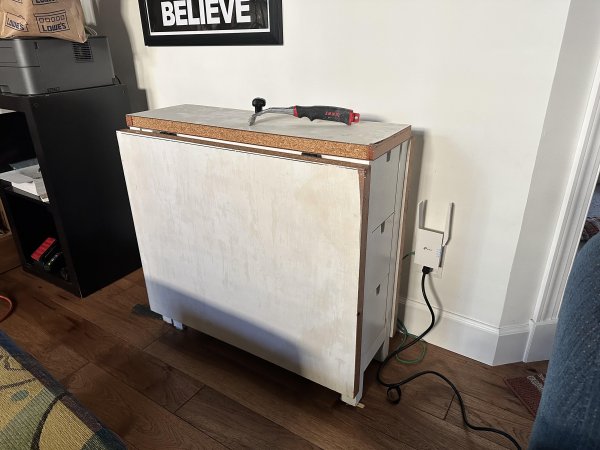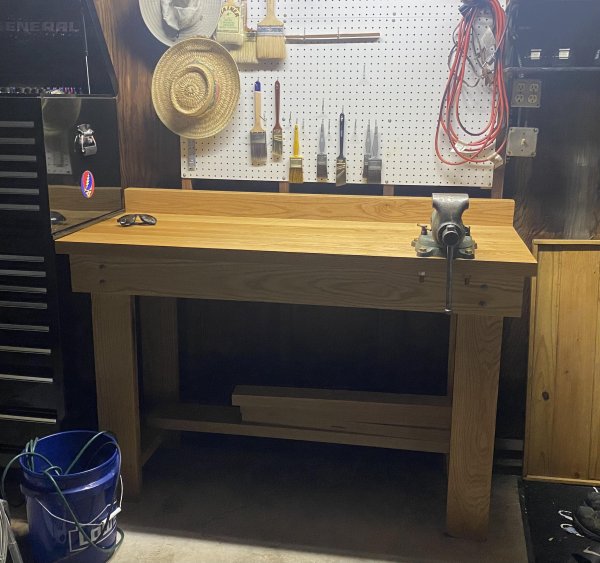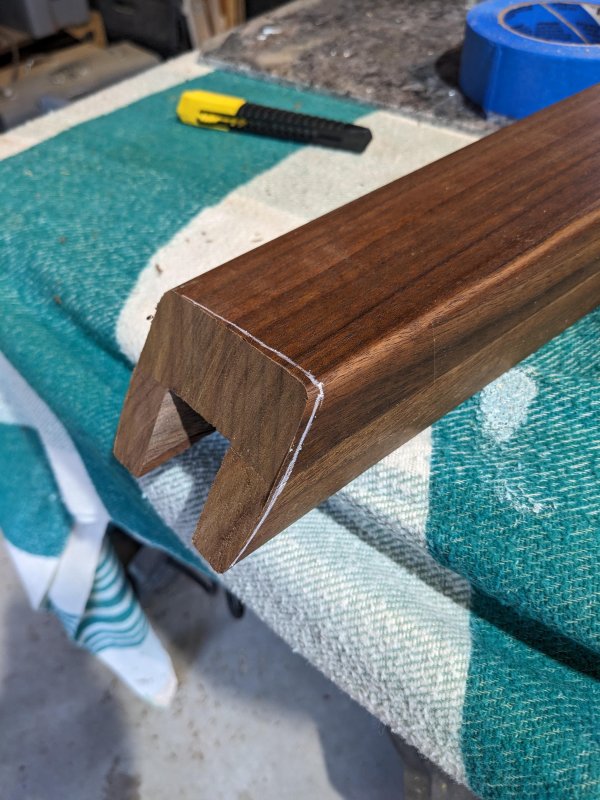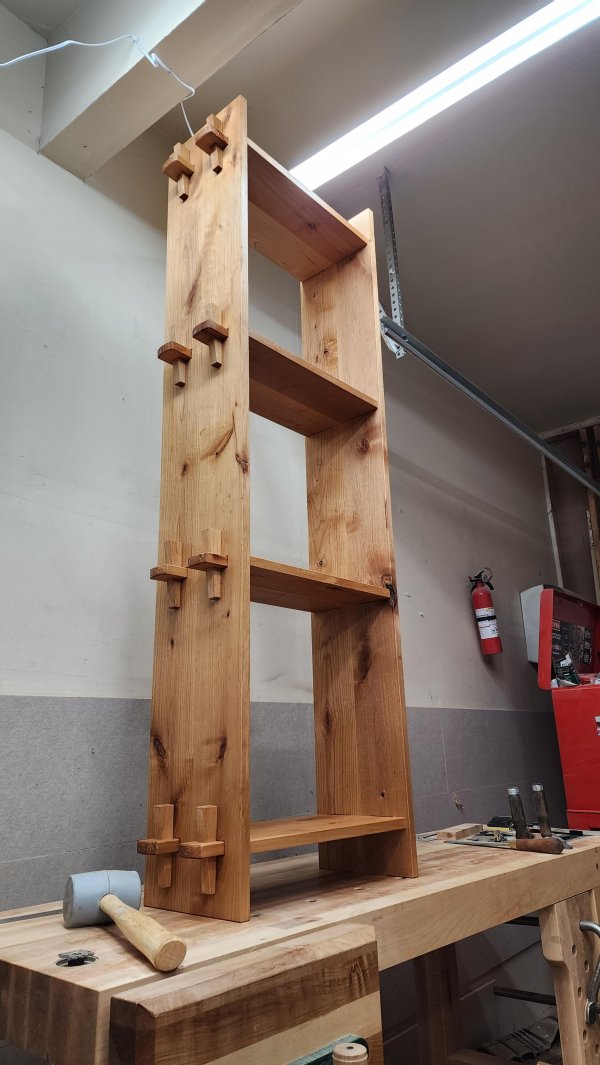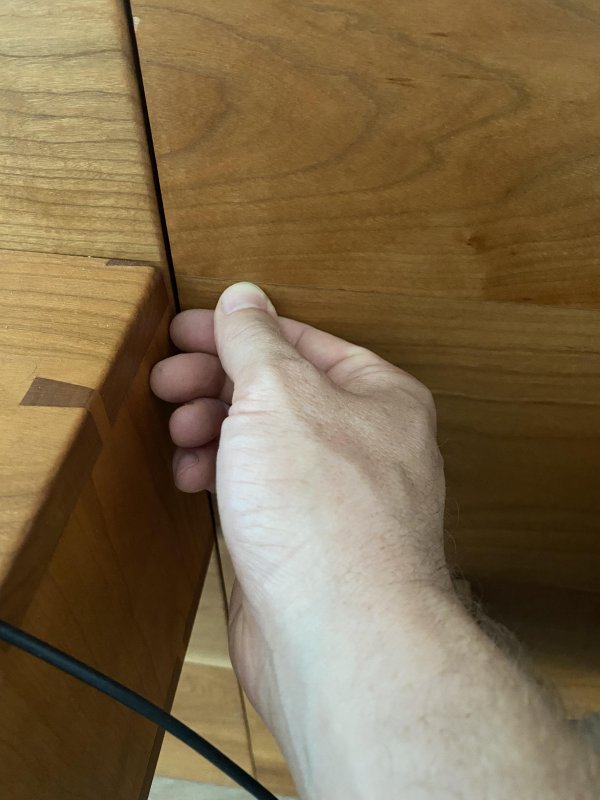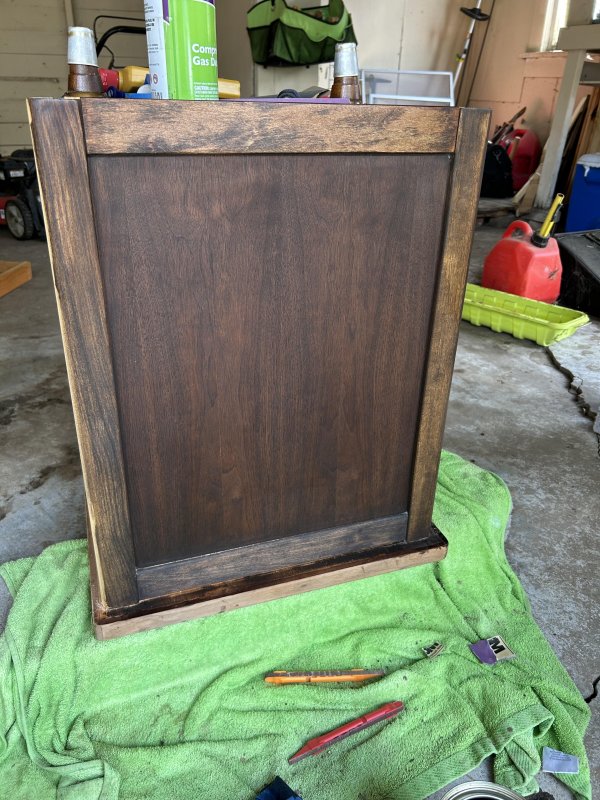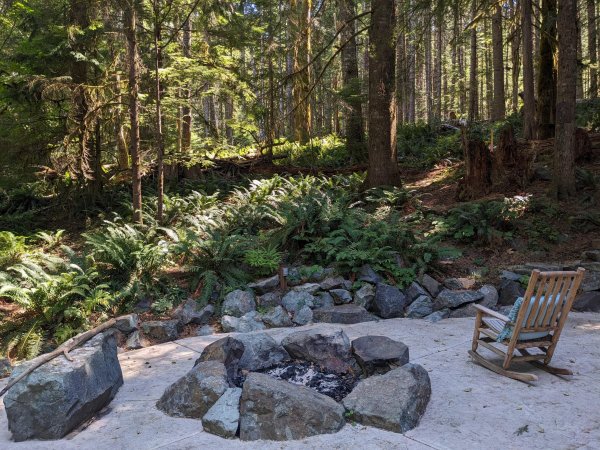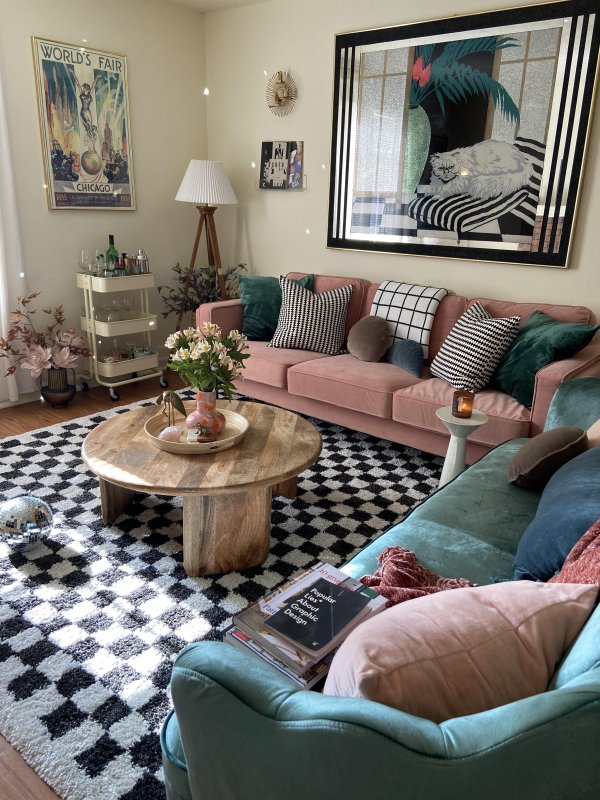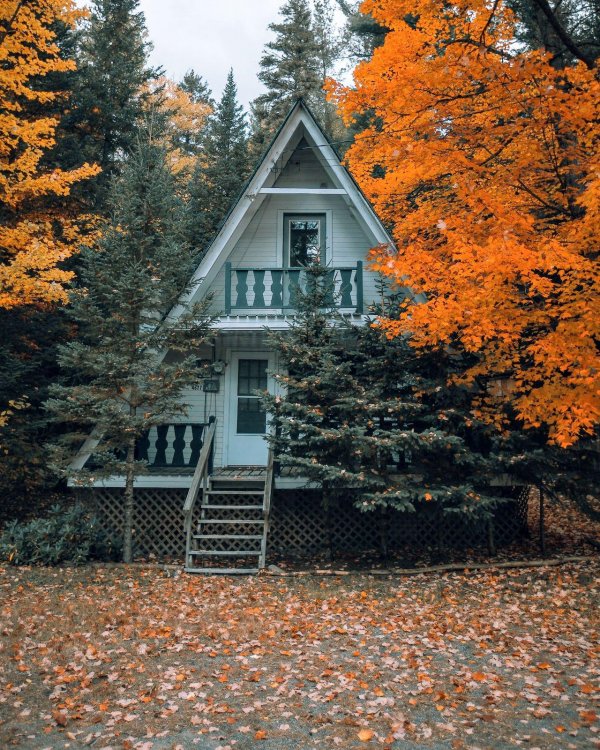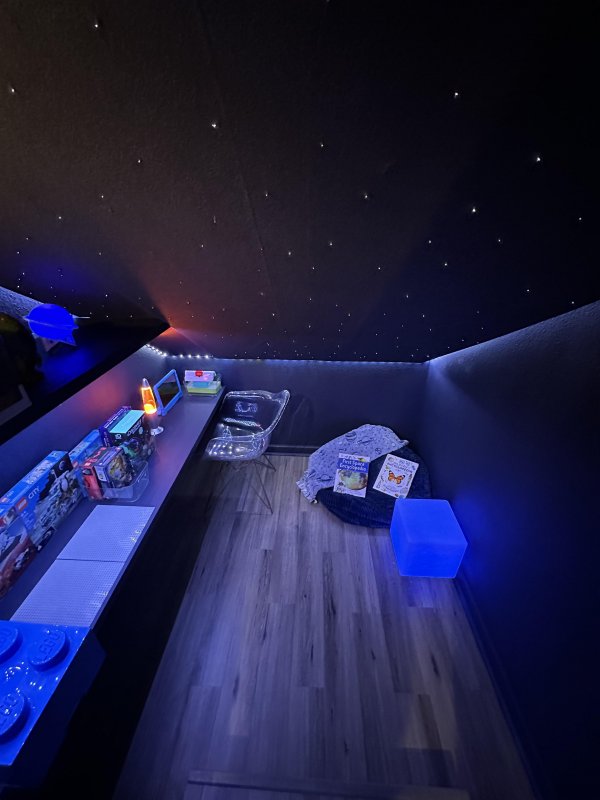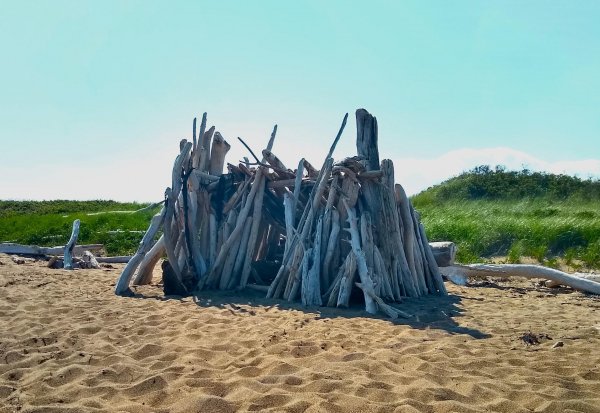Best finish for work bench?
What about it?
I found this ikea gate leg table a while back, and it had substantial water damage to the laminate top. I bought an solid core door and planned on using it as a workbench. I had some old vinyl tiles which looked like shit and had some adhesive failure pretty quickly, so I removed them last night. How should I finish the top?
On hand, I have Minwax poly, some rust oleum gloss enamel, several latex wall paints and a few Cabot stains. I don't mind getting something else but it's going to be used and likely repaired/replaced, so I don't really care that much. Ideally, it would be a repairable finish. I don't really want to take it down to the laminate veneer, but could.
I initially went to vinyl tiles because they could take some damage and be replaceable. I'm living in an apartment without access to a work space, so the desk is going to be multiple use, and it would be nice if it looked good enough that it wasn't a total eye sore. Projects really run a wide range from small woodworking, metalworking and electronics projects.
Other additions coming are adding a cantilevered light I hacked together and a outlet. I had considered adding some casters but I don't think the gates are strong enough as is.
